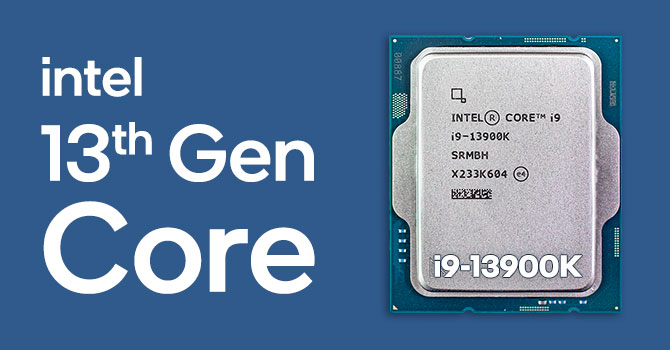So, you're going to try to weasel out of a few Watts? Okay. 50 W was
your number. Let's say we go with core power so you can squeak under the line. It doesn't change much.
BTW, James was clearly talking about the
CPU:
So, it's more than a little disingenuous for you to shift the discussion from package power @ single-threaded load to single-core power, but if that's how you want to play...
...and, if we're to language lawyer this, it
sure sounds like you were saying they don't use "remotely close" to 50 W, but I expect you'll disagree.
It does, but that's why I
also cited ComputerBase, which was a little more in line with what I was expecting and still
easily beats the 50 W threshold on package power.
For one thing, the M1 doesn't have SVE - it's using just 128-bit NEON SIMD, which is the equivalent of SSE. If you look at the single-threaded scores of the native apps (i.e.
not CineBench), Pov-RAY is also the least competitive score posted up by the M1, in that article.
| M1 Max MacBook Pro 16" | (M1 Max) | (M1 Max) | Intel i9-11980HK MSI GE76 Raider | (i9-11980HK) | (i9-11980HK) |
| Score | Package Power (W) | Wall Power Total - Idle (W) | Score | Package Power (W) | Wall Power Total - Idle (W) |
| Idle | | 0.2 | 7.2
(Total) | | 1.08 | 13.5
(Total) |
| 502.gcc_r ST | 11.9 | 11.0 | 9.5 | 10.7 | 25.5 | 24.5 |
| 511.povray_r ST | 10.3 | 5.5 | 8.0 | 10.7 | 17.6 | 28.5 |
| 503.bwaves_r ST | 57.3 | 14.5 | 16.8 | 44.2 | 19.5 | 31.5 |
The M1 trounced the 8-core Tiger Lake i9, in the other two singe-threaded benchmarks. So, whether it was due to NEON SIMD or something else, that's at least consistent with using usually low power. In other words, it suggests the (only) anomaly isn't Anandtech measurements of Alder Lake that are the outlier, but that their measurement of the M1 Max is an
even bigger outlier.
Which statement? That no cores use remotely close to 50 W? Because you didn't address the ComputerBase data, at all. And, let's just call your attempt to use data from a
completely different ISA a feeble attempt,
at best.








